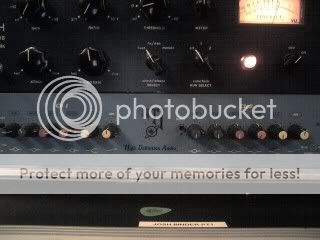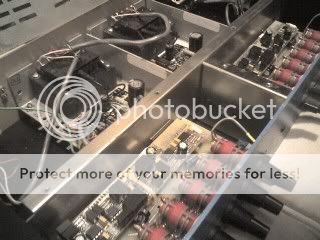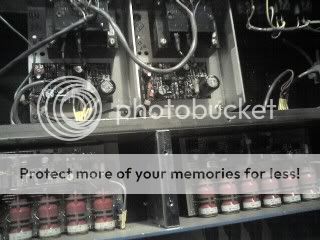Dr nEon
Well-known member
..One Final Question!
Would it be a good idea to use a dpdt switch on each channel , to select the bal/unbal jumper positions ?
I can see myself using the night eq in a couple of ways in my studio..either on channel insert via my unbalanced patchbay...or sometimes over the mix bus , using short balanced leads to run into a mix compressor . So I'd need to have the flexibility of selecting bal or unbal modes ,rather than committing to one or the other by soldering those jumpers.
Maybe someone has already tried this , or can verify that this idea makes sense...
Cheers!
nEon.
Would it be a good idea to use a dpdt switch on each channel , to select the bal/unbal jumper positions ?
I can see myself using the night eq in a couple of ways in my studio..either on channel insert via my unbalanced patchbay...or sometimes over the mix bus , using short balanced leads to run into a mix compressor . So I'd need to have the flexibility of selecting bal or unbal modes ,rather than committing to one or the other by soldering those jumpers.
Maybe someone has already tried this , or can verify that this idea makes sense...
Cheers!
nEon.
































![Soldering Iron Kit, 120W LED Digital Advanced Solder Iron Soldering Gun kit, 110V Welding Tools, Smart Temperature Control [356℉-932℉], Extra 5pcs Tips, Auto Sleep, Temp Calibration, Orange](https://m.media-amazon.com/images/I/51sFKu9SdeL._SL500_.jpg)





